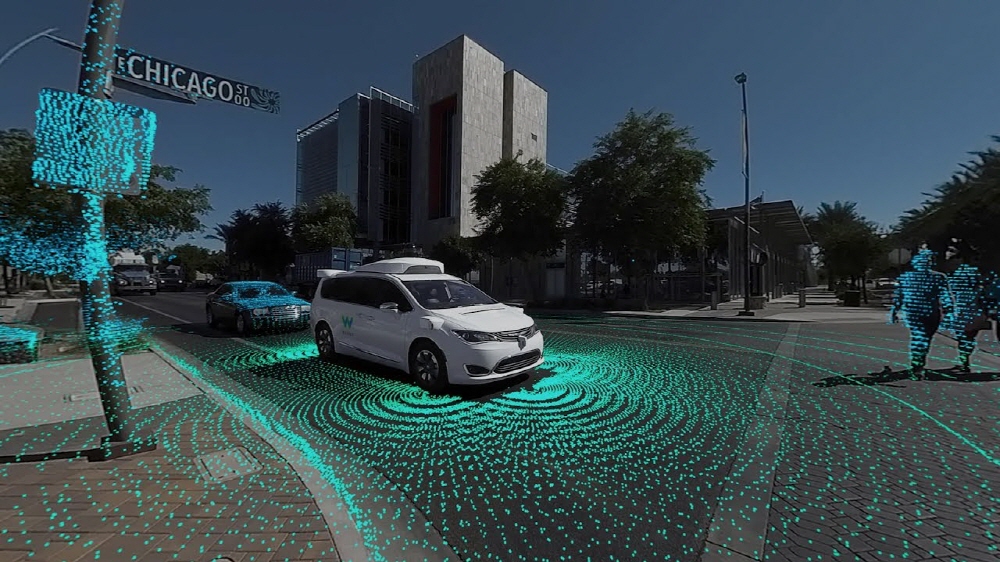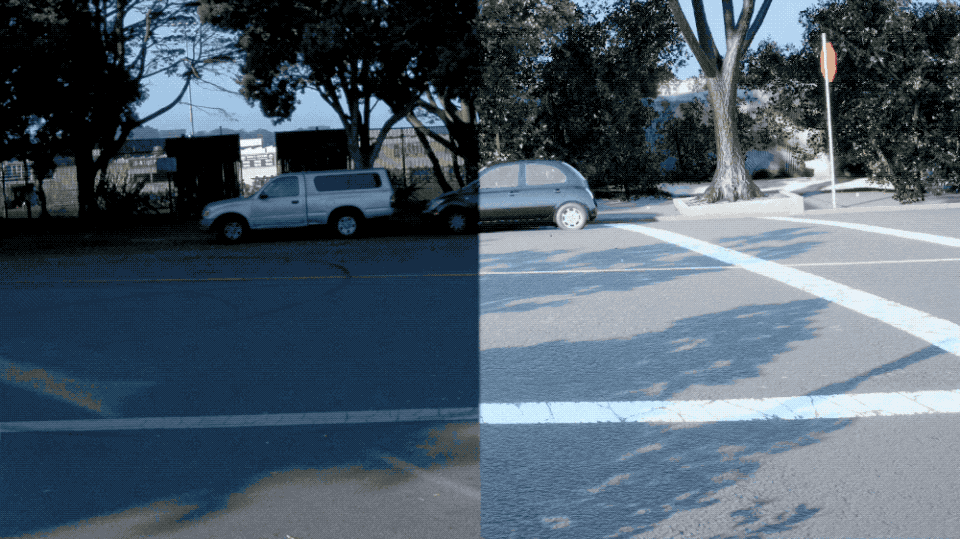
Waymo, a self-driving car development company under Google’s parent company Alphabet, is focusing on simulation in a virtual space called SimulationCity to improve its autonomous driving system. What are Waymo’s efforts using this simulation city?
Tesla, led by Elon Musk, is evolving autonomous driving capabilities with data collected from Tesla vehicles traveling around the world. Conversely, Waymo actually owns only about 600 vehicles. Waymo drives autonomous vehicles in Arizona and parts of California, and there are also some manually driven vehicles in Los Angeles that collect mapping data.
Unlike Tesla, Waymo does not use real data to develop autonomous driving functions, but rather uses virtual space simulation tests for autonomous vehicles. Waymo has been driving in virtual space for at least 8 billion kilometers using a simulation software called CarCraft since 2017. However, according to Waymo senior product manager Ben Frankie, CarCraft had problems with its ability to simulate new vehicles and options.

That’s why Waymo is developing a new simulation software, Simulation City, and testing Waymo Driver to solve all road problems. Simulation City can be evaluated through simulations such as a 20-minute drive across the streets of San Francisco in a virtual space with a fully autonomous vehicle equipped with a Waymo driver and an 11-hour drive from Phoenix, Arizona to Dallas, Texas.
Unlike Tesla, which deploys electric vehicles and collects a large amount of data from real vehicles, for Waymo, which has limited actual service deployment, simulation is an important factor in the development of autonomous vehicles. With Simulation City, Waymo engineers can test general driving scenarios and safety-related risky scenarios on a large scale and apply what they learn to real vehicles.
The simulation software is free from the constraints of the real world and can collect incomparably more data than a vehicle on the road would collect. As of 2020, the distance traveled by a vehicle using a Waymo driver on the road was about 20 million miles, but it has already driven 15 billion miles in virtual space. Simulation City is built using more than 20 million miles of driving data collected in the real world by Waymo driver-equipped vehicles, driving behavior data from third-party companies, advanced simulation technology and machine learning, and Waymo gives confidence in the validity and reliability of situations reproduced in virtual space. have it

Simulation City can reproduce more detailed virtual situations than conventional carcraft, and Waymo engineers can simulate even complex elements such as small raindrops falling on vehicles and roads or dazzling lights illuminating the surroundings in the evening. This situation is known to confuse autonomous vehicle sensors and can cause problems such as reading traffic lights.
Waymo also creates virtual space images with SurfelGAN (surface element GAN), which combines real data collected by autonomous vehicles and artificial intelligence, to make virtual space images realistic.

Regarding the development of autonomous driving technology using this virtual space, Huei Peng, a professor of mechanical engineering at the University of Michigan, points out the danger, saying that the simulation results become useless if flawed data are used. In response, Waymo claims that the maturity of Simulation City is steadily increasing.
Waymo should be careful about the deployment of Waymo One, a fully unmanned taxi, and is about to launch services in San Francisco and other locations until it is confirmed that it can cope with complex urban environments. Waymo plans to help Simulation City contribute to the improvement of Waymo driver maturity and prepare for the large-scale deployment of the service in the future. Related information can be found here.


















Add comment